Are you visiting Bhutan and want to enjoy exploring and wearing their traditional costumes that will provide you with unforgettable memories and the experience of being a local citizen whether you go alone or with friends or with your family? Together, you will enjoy very exciting and pleasant scenes in your journey and the people with you will feel happy in which we will help you completely and it will be our responsibility to make this journey pleasant and comfortable.
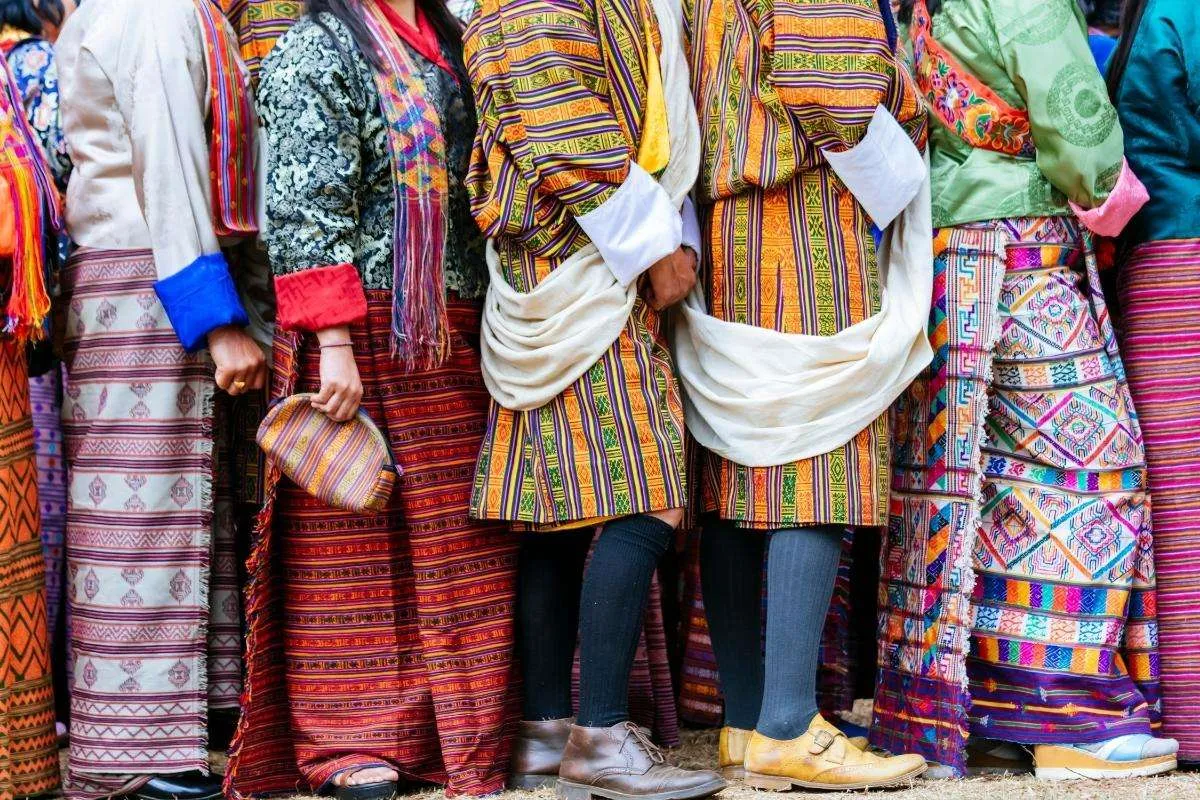
1. Introduction to Bhutanese Traditional Dress
Bhutan’s cultural identity is deeply intertwined with its traditional dress, reflecting a commitment to heritage and a sense of belonging. The mandated dress code, enshrined in the Driglam Namzha, underscores the importance of preserving Bhutanese identity through attire and behavior. This section provides an overview of the traditional garments worn by both men and women, highlighting their significance in fostering a connection to the country’s rich cultural heritage.
2. Gho: The Emblematic Attire for Bhutanese Men
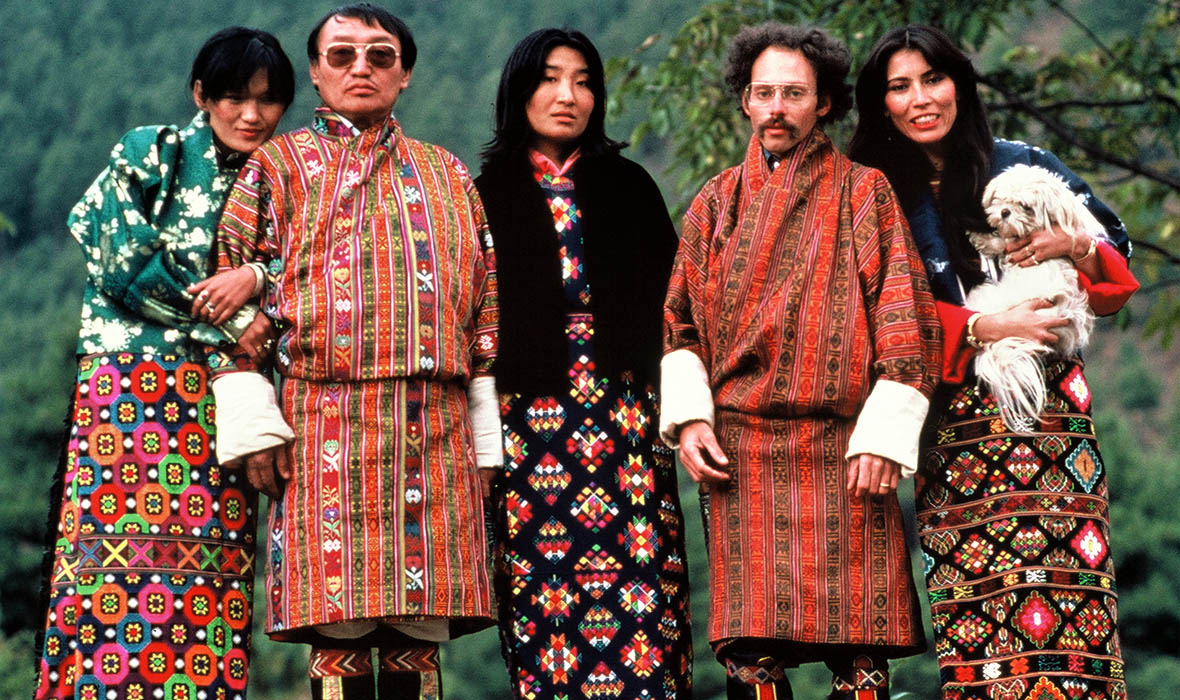
The Gho, a knee-length robe-like garment, serves as the quintessential attire for Bhutanese men, embodying tradition and functionality. Exploring the intricacies of the Gho, we delve into its design, cultural symbolism, and versatility for various occasions, from informal gatherings to formal events. Additionally, we shed light on the practical aspects of the Gho, including its pockets and secure fastening with a belt, enhancing its appeal as both a cultural emblem and a practical garment.
3. Khera: The Versatile Belt of Bhutan
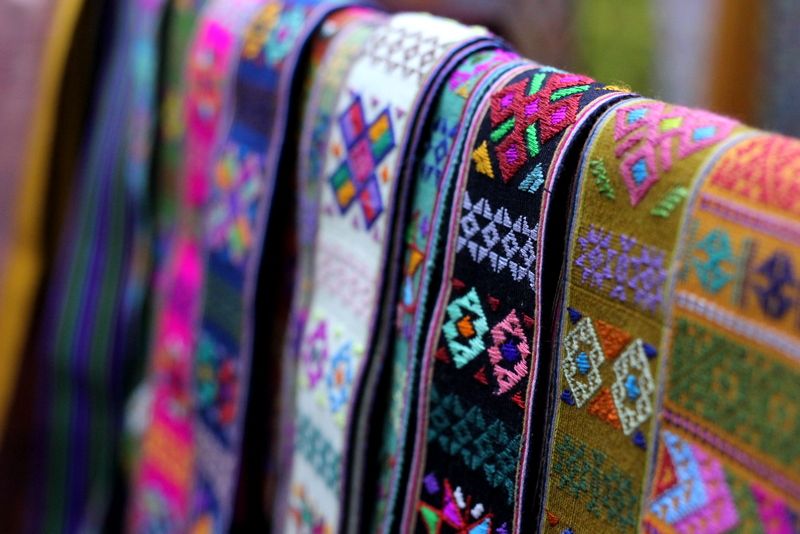
The Khera, a handmade cloth belt, holds a pivotal role in Bhutanese traditional attire, providing both aesthetic appeal and functional support. This section explores the significance of the Khera in securing garments and enhancing their visual appeal, offering insights into the diverse designs, patterns, and styles available. From its practical applications to its role in accentuating traditional attire, the Khera emerges as a cherished accessory in Bhutanese culture.
4. Kira: Elegance and Comfort in Bhutanese Women’s Attire

The Kira, an ankle-length dress resembling an apron, epitomizes elegance, comfort, and cultural identity for Bhutanese women. Delving into the nuances of the Kira, we discuss its handmade craftsmanship, breezy design, and vibrant array of colors and patterns. From its everyday wear to its prominence in formal occasions, the Kira symbolizes grace and tradition in Bhutanese women’s attire.
5. Toego: Adding Flair to Women’s Traditional Ensemble

The Toego, a stylish half jacket, serves as a fashionable complement to the Kira, elevating women’s traditional attire with its intricate designs and bold colors. Exploring the aesthetic appeal of the Toego, we delve into its role in completing the traditional ensemble, offering insights into its diverse styles and patterns. From formal occasions to everyday wear, the Toego adds flair and sophistication to Bhutanese women’s attire.
6. Wonju: Enhancing the Elegance of Women’s Dress
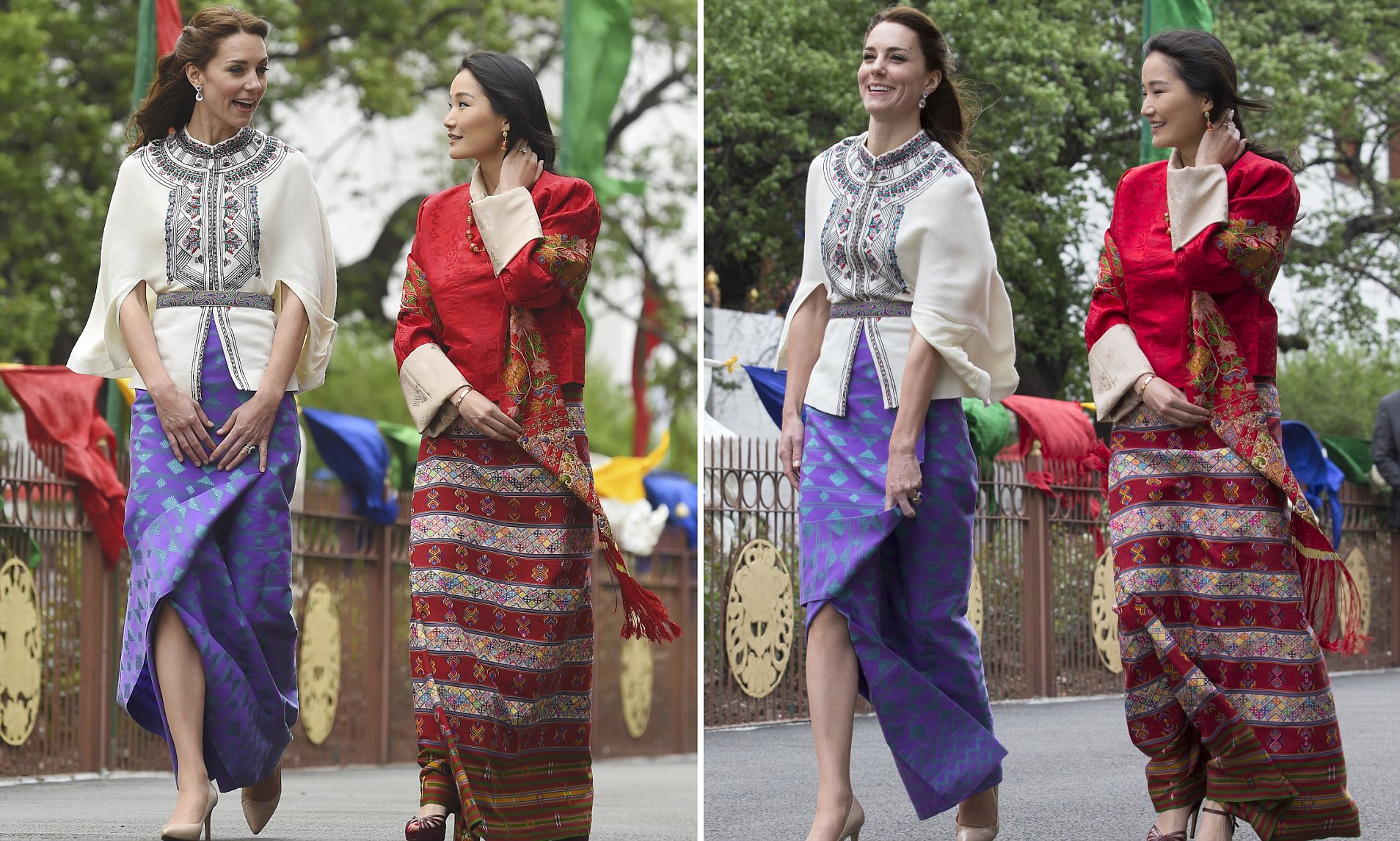
The Wonju, a long-sleeved blouse, adds a touch of refinement and grace to women’s traditional attire, complementing the knee-length Kira with its flattering designs and fabric choices. This section explores the versatility of the Wonju, discussing its role in enhancing the elegance of Bhutanese women’s dress for various occasions. From formal events to casual gatherings, the Wonju epitomizes timeless sophistication in Bhutanese fashion.
7. Rachu: Symbol of Respect and Tradition
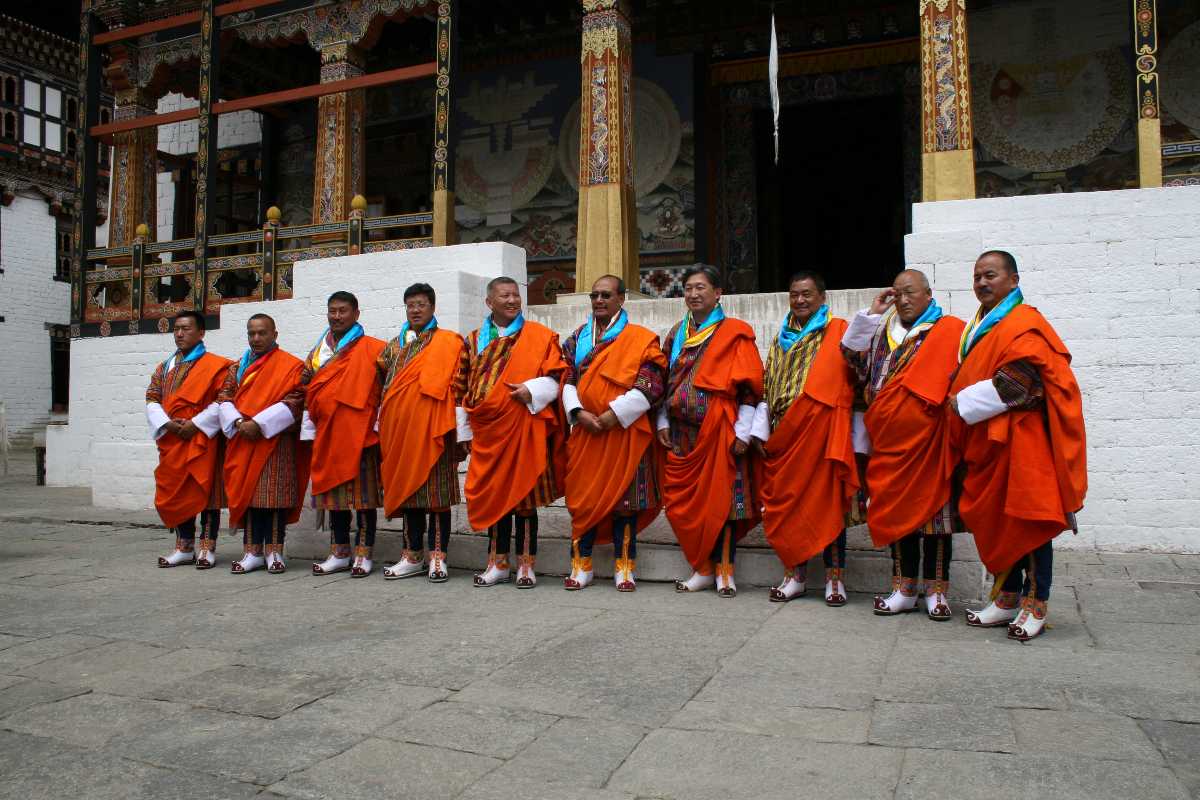
The Rachu, a long scarf, holds deep cultural significance as a symbol of respect and tradition in Bhutanese society. Exploring the ceremonial importance of the Rachu, we discuss its role in honoring elders, attending religious ceremonies, and formal occasions. From its vibrant hues to its intricate weaving patterns, the Rachu serves as a tangible expression of reverence and cultural heritage in Bhutanese attire.
8. Khata: Ceremonial Cloth of Spiritual Significance
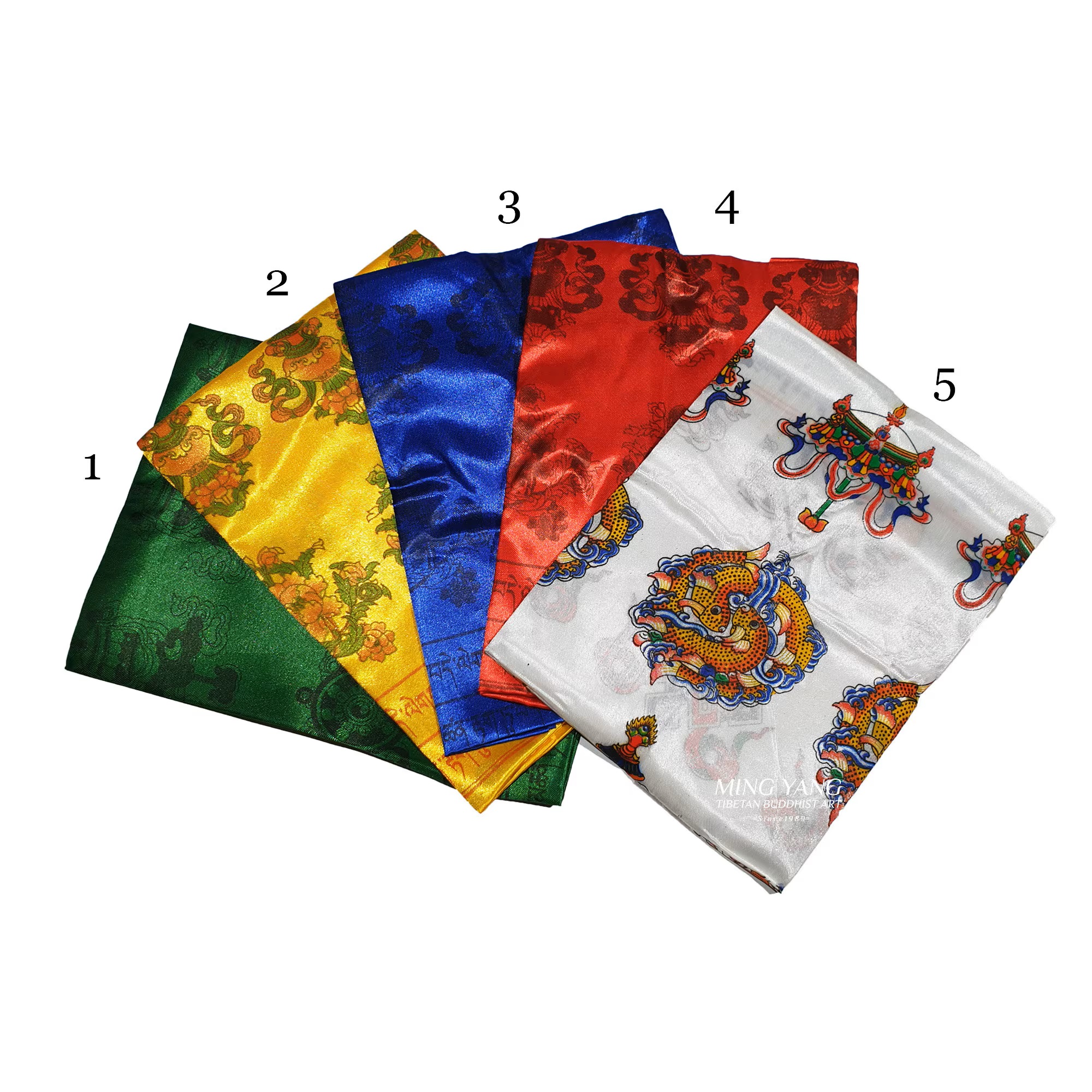
The Khata, a ceremonial cloth, carries profound spiritual significance as a symbol of blessings and respect in Bhutanese culture. This section delves into the sacred symbolism of the Khata, exploring its role in various ceremonies, from birthdays to funerals. With its pristine white or gold coloration, the Khata embodies purity, reverence, and the enduring ties between tradition and spirituality in Bhutanese society.
9. Kabney: Emblem of Rank and Honor for Bhutanese Men
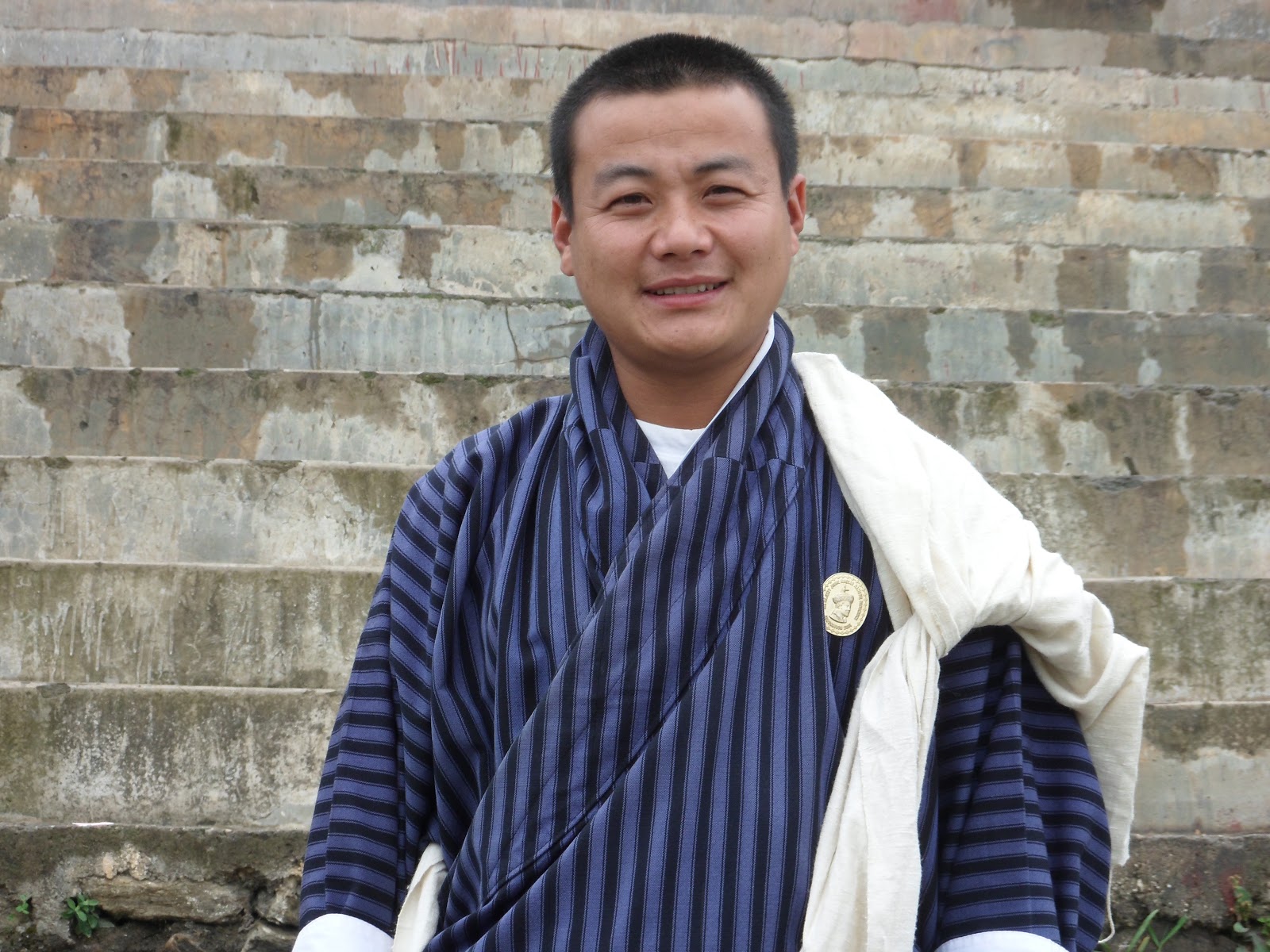
The Kabney, a distinctive scarf, serves as an emblem of rank and honor for Bhutanese men, symbolizing their status and position within society. Exploring the significance of the Kabney, we discuss its diverse colors and their associations with different ranks and occasions. From diplomatic meetings to formal events, the Kabney represents authority, respect, and the rich tapestry of Bhutanese cultural traditions.
10. Conclusion: Preserving Heritage Through Attire
The traditional dress of Bhutan transcends mere clothing; it embodies a profound connection to heritage, identity, and cultural legacy. Through the meticulous craftsmanship of garments like the Gho, Kira, and Rachu, Bhutanese society preserves its traditions while embracing modernity. As visitors explore the enchanting landscapes of Bhutan, they are invited to witness the timeless elegance and spiritual depth woven into every thread of traditional attire, experiencing firsthand the living heritage of this Himalayan kingdom.

